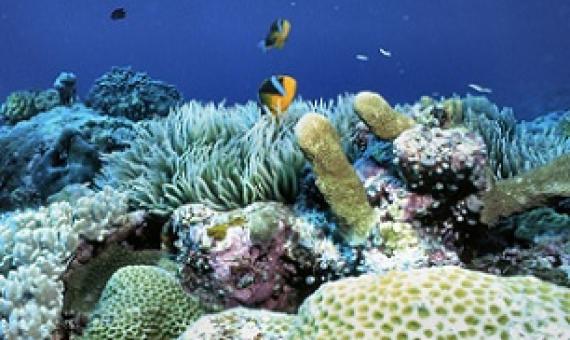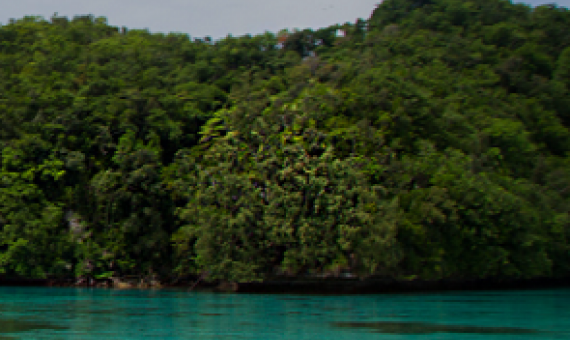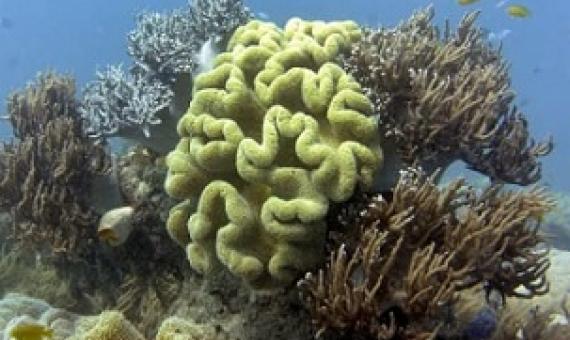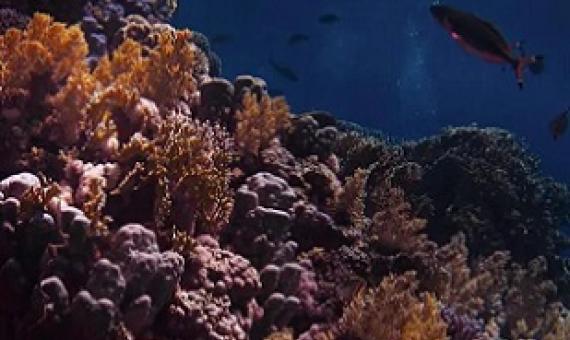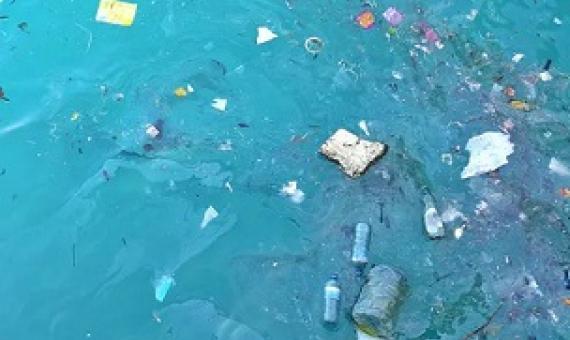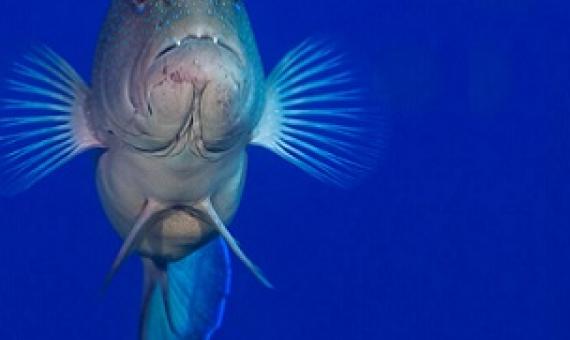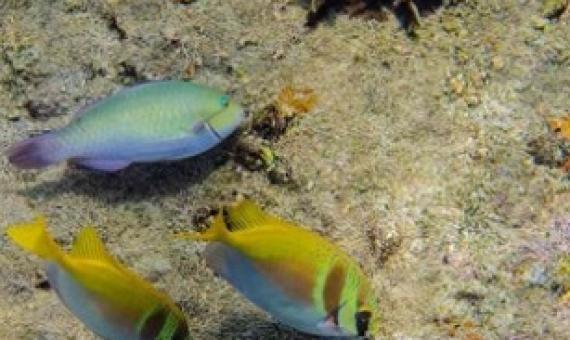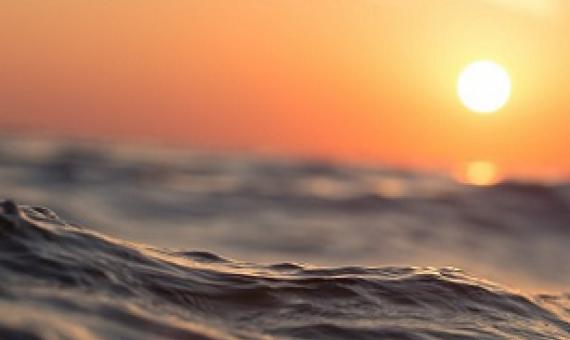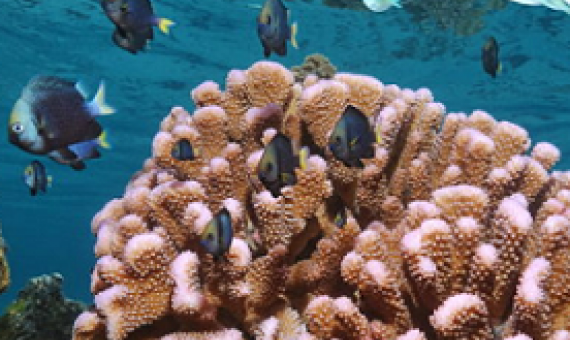Released today, the Global Reef Expedition: The Kingdom of Palau Final Report provides a summary of the foundation’s findings along with valuable information on the state of coral reefs and reef fish in P
Researchers at the Palau International Coral Reef Center (PICRC) are investigating the movement patterns of fish between open ocean and coral reef environments, in order to better gauge the connectivity between the Palau National Marine Sanctuary (PNMS) and areas open to fishing.
Australia's Great Barrier Reef has lost 50% of its coral populations in the last three decades, with climate change a key driver of reef disturbance, a new study has found.
Researchers have found “sea rainforests” in deep seas, most of them in the two-thirds of the ocean’s deep waters where no nation has jurisdiction. The 116 coral reefs live mostly between 200m and 1,200m in-depth, with some of them at 2 km underwater.
Nowhere, it seems, is immune from plastic pollution: plastic has been reported in the high Arctic oceans, in the sea ice around Antarctica and even in the world’s deepest waters of the Mariana Trench.
A connectivity portfolio effect stabilizes marine reserve performance
Well-managed and enforced no-take marine reserves generate important larval subsidies to neighboring habitats and thereby contribute to the long-term sustainability of fisheries. However, larval dispersal patterns are variable, which leads to temporal fluctuations in the contribution of a single reserve to the replenishment of local populations. Identifying management strategies that mitigate the uncertainty in larval supply will help ensure the stability of recruitment dynamics and minimize the volatility in fishery catches.
Scientists say a ‘portfolio’ of protected areas within marine parks such as the Great Barrier Reef can help secure sustainable fish populations.
Increasing fishing too quickly can cause coral reef ecosystems to collapse, new University of Colorado Boulder-led research finds. The new study, to publish the week of September 28 in the Proceedings of the National Academy of Sciences, provides the first evidence that these&n
Heatwaves in the world's oceans have become over 20 times more frequent due to human influence. This is what researchers from the Oeschger Center for Climate Research at the University of Bern are now able to prove.
The underlying structures of the reefs -- which are home to a multitude of aquatic life -- could fracture as a result of increasing ocean acidity caused by rising levels of carbon dioxide.

